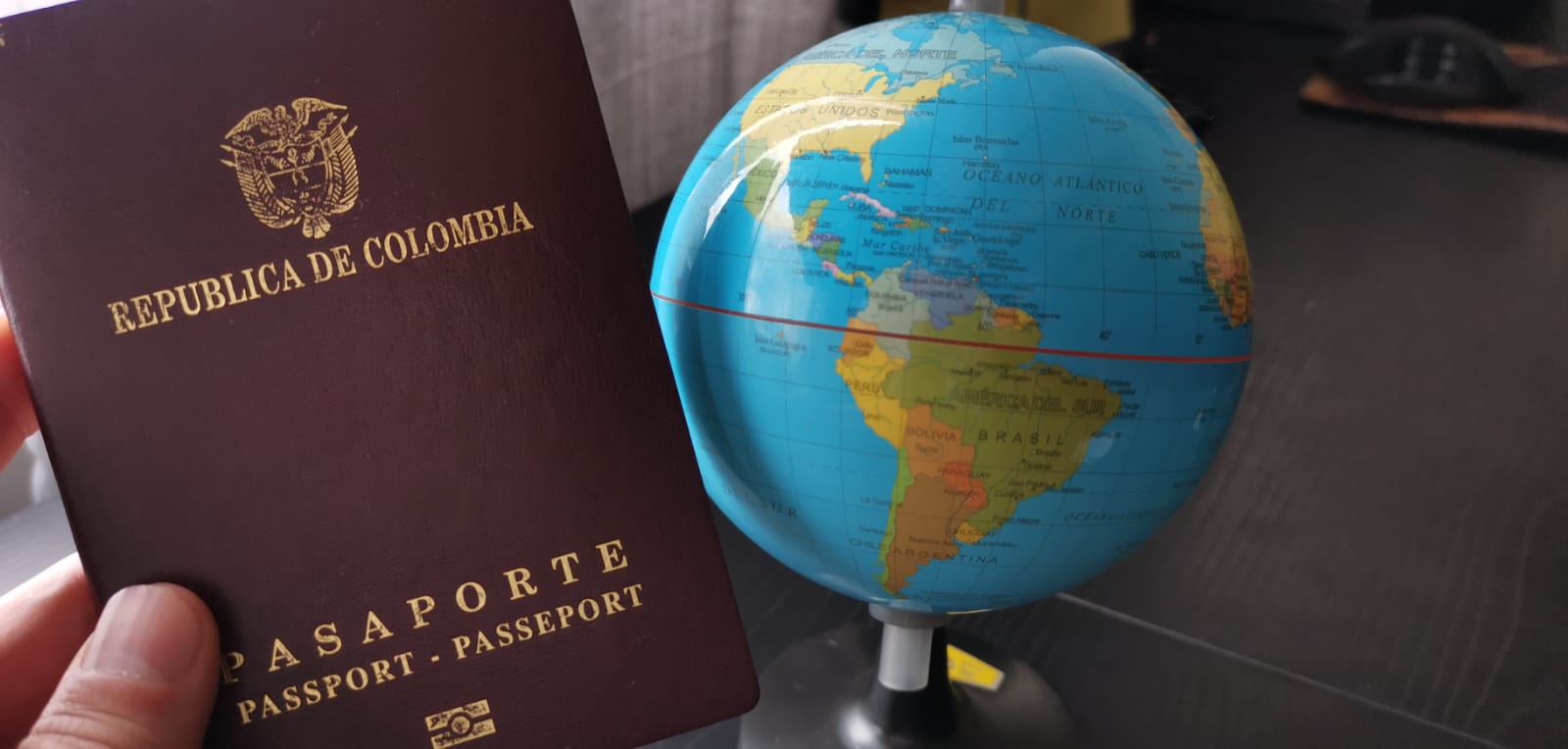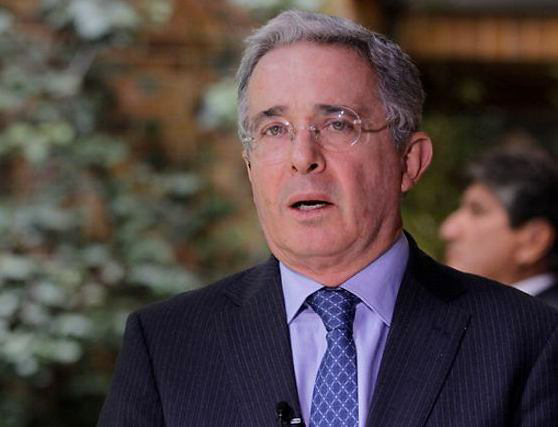
Colombian authorities are trying to contain a Yellow Fever Outbreak following President Gustavo Petro’s declaration of a health emergency on April 15.
The Pan American Health Organization recorded twice as many cases in the Americas in the first three months of 2025 compared to all of 2024, noting a “particularly concerning” situation in Tolima, Colombia.
Since September 2024, Colombia has recorded 85 cases and 38 deaths, according to the Ministry of Health, representing a 44% mortality rate. In comparison, 2023 saw only two cases in the country while none were recorded between 2019 and 2022.
In the same period since the outbreak began, 78% of confirmed Yellow Fever cases have been in Tolima, which has registered 67 incidents of infection and 25 deaths.
Speaking to Latin America Reports, Tolima’s Health Secretary, Katheirne Rengifo, explained the department’s response plan which follows multiple “strategic lines.” The first of these entails a mass vaccination campaign.
“The first challenge was to reach the rural area where the first case occurred,” said Rengifo.
She explained that the region’s remoteness meant that health authorities had to travel with basic equipment up to eight hours to vaccinate local farmers.
The vaccine rollout in Tolima was part of a nationwide program under Petro’s health emergency.
According to the president, some 540,000 people received vaccines across the country’s 32 departments, with the majority in Tolima. Petro also said that the country had 3.7 million vaccines available for the disease.
In addition to inoculation, the department’s outbreak response has sought to improve its treatment of patients with the disease. While Yellow Fever is technically untreatable, mortality can be reduced through methods to reduce dehydration and fever.
Rengifo notes that since the beginning of the outbreak, the disease’s mortality rate in Colombia has dropped from 47% to 37%. She cited the role of new government guidelines issued by the national Ministry of Health and Social Protection two weeks ago.
The Health Secretary also stressed the importance of communications campaigns that seek to raise awareness about the dangers of the disease.
“We have to ensure that we deliver the message in a timely manner, not with the purpose of generating fear, but to protect and warn the population,” said Rengifo.
The department has sought to raise awareness about the importance of vaccinations and reducing exposure to mosquitoes. It has also worked with religious leaders to stress that the best form of protection is vaccination.
While this outbreak is not unusual in of itself, given the cyclical nature of the disease, its geographical spread makes it notable.
There have been cases recorded in areas previously unaffected by Yellow Fever, which Petro has blamed on climate change.
In a statement on April 21, the president highlighted invisible threats brought by changing environmental patterns.
“Something you cannot see, but that advances and advances quickly, is the number of viruses that, due to changing climatic conditions, are beginning to come into contact with human beings where they were not previously,” said Petro.
Changing climate patterns including higher temperatures and increased rainfall can increase the habitat range of mosquitoes that transmit Yellow Fever, according to Colombia’s Ministry of Health.
In response to the outbreak, the government has increased travel warnings within the country.
The United States Center for Disease Control (CDC) also elevated its travel warning level for Colombia, encouraging U.S. tourists to “practice enhanced precautions.”
This article originally appeared on Latin America Reports and was re-published with permission.





